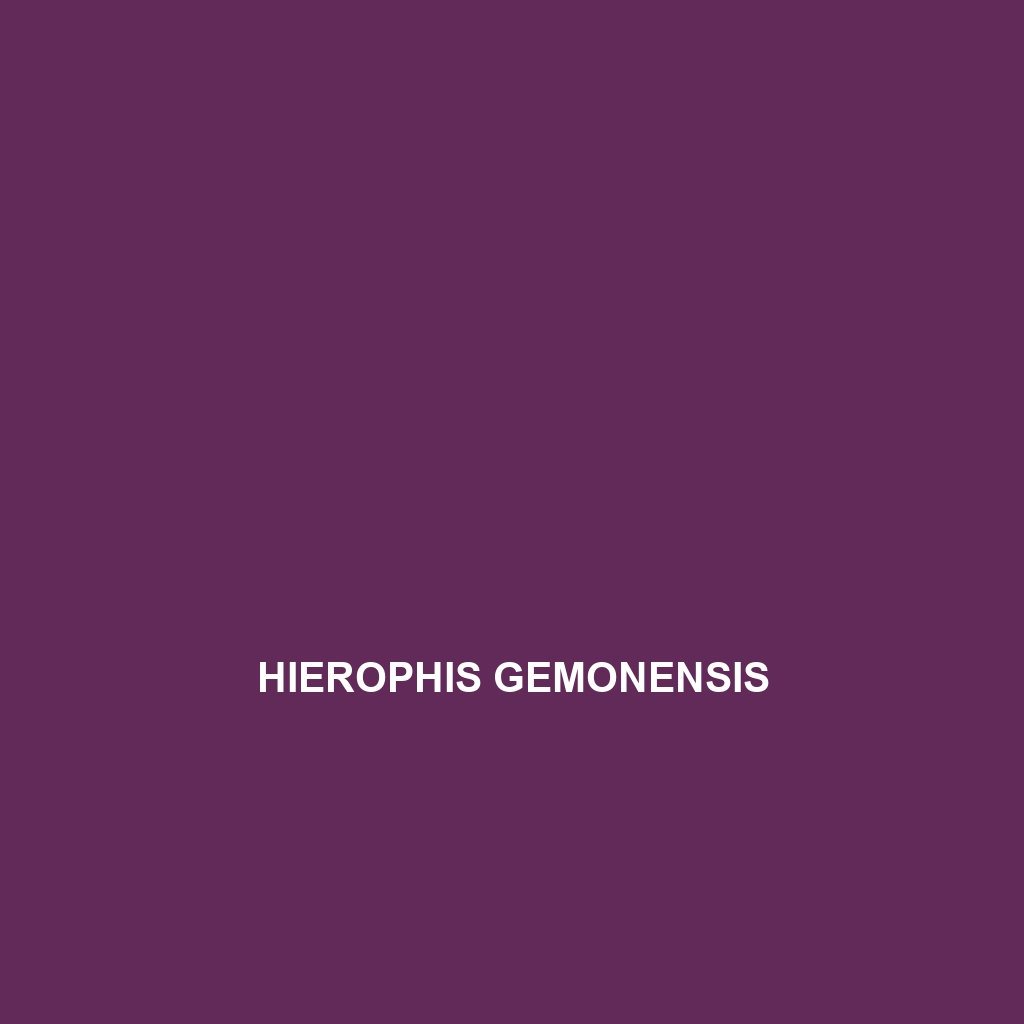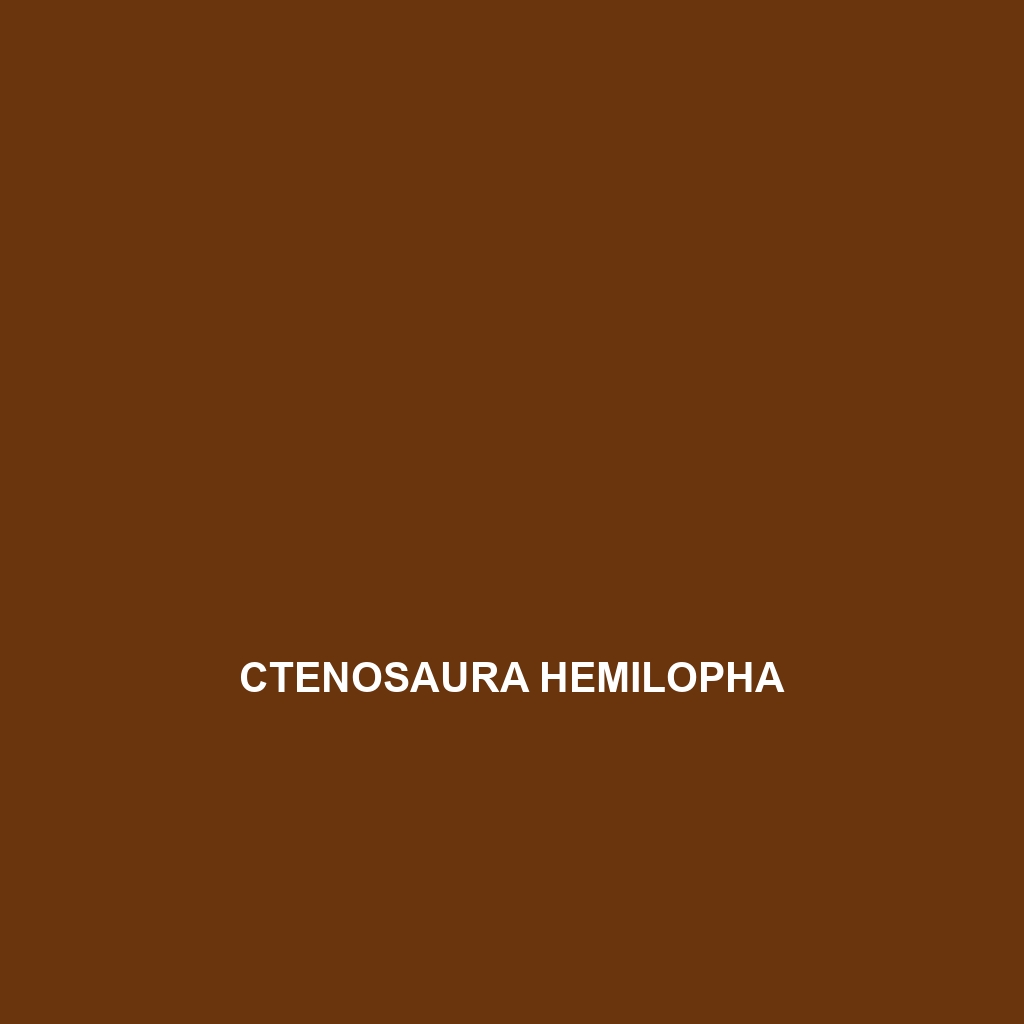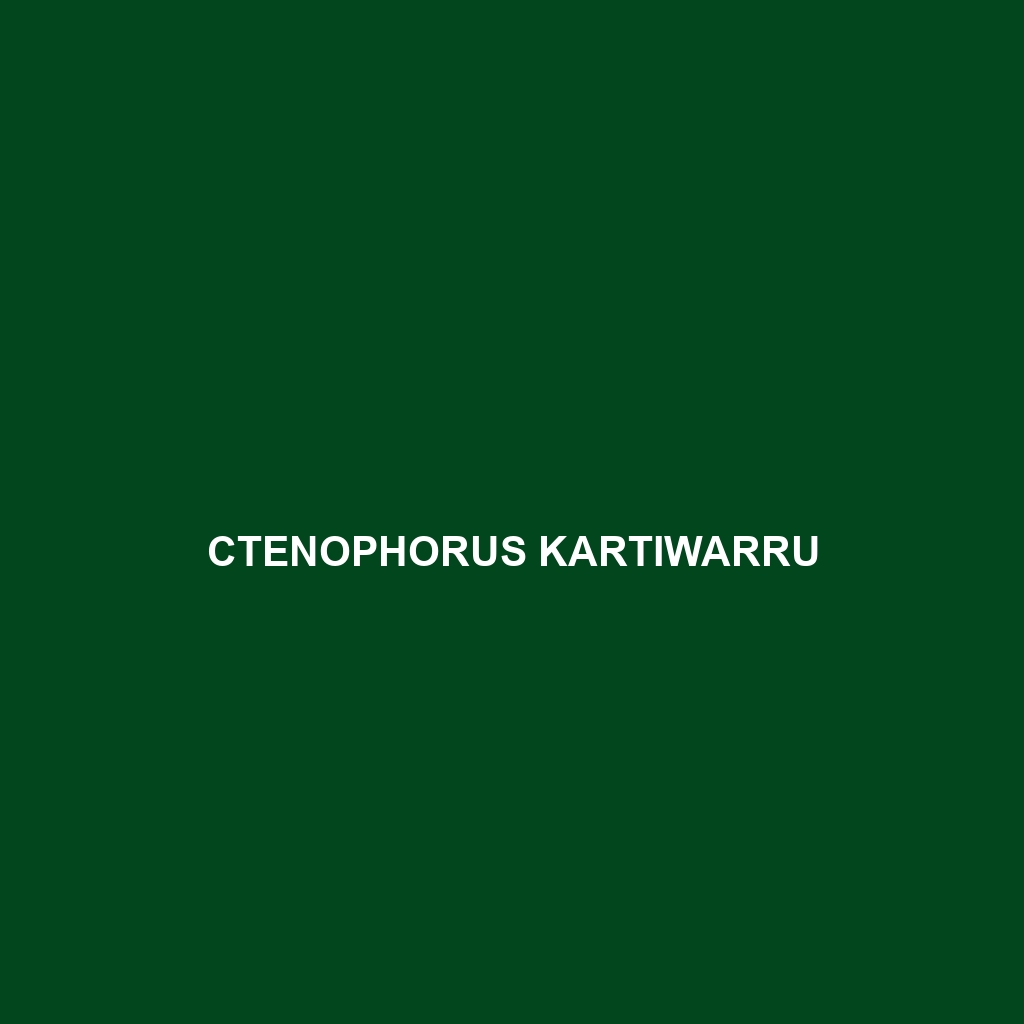<p><b>Lerista miopus</b>, commonly found in Australia's arid eucalypt forests and scrublands, is a slender, fossorial lizard measuring 15 to 20 cm with a smooth, light brown to tan body and minimal limbs, well-adapted for burrowing and nocturnal foraging on small invertebrates.</p>
Tag: scrublands
Lampropeltis extenuata
The Eastern Indigo Snake (Lampropeltis extenuata) is a striking non-venomous snake native to the southeastern United States, known for its impressive size (2 to 3.5 meters) and glossy black coloration. As a key predator in its ecosystem, it primarily feeds on small mammals and plays a vital role in maintaining ecological balance, though it is currently listed as threatened due to habitat loss.
Hierophis gemonensis
<p>Discover the <b>Hierophis gemonensis</b>, or Italian Whip Snake, a slender and agile species reaching up to 150 cm in length, known for its striking patterned belly and ability to thrive in Mediterranean habitats. This diurnal predator primarily feeds on lizards and small mammals, playing a crucial role in maintaining ecosystem balance.</p>
Diporiphora pallida
Diporiphora pallida, or pale skink, a slender lizard native to southeastern Australia, known for its light brown or cream-colored body and agile behavior. Thriving in dry woodlands and scrublands, this insectivorous species plays a vital role in controlling insect populations while exhibiting remarkable tail regeneration for predator evasion.
Diplodactylus klugei
Diplodactylus klugei, a nocturnal gecko native to southeastern Australia, thriving in rocky outcrops and scrublands. This insectivorous species, known for its striking sandy brown and yellow coloration, plays a crucial role in the ecosystem by controlling insect populations and serving as prey for larger animals.
Darevskia unisexualis
Darevskia unisexualis, a striking lizard native to the Caucasus region, characterized by its slender body, vibrant markings, and parthenogenetic reproduction. This diurnal species thrives in rocky slopes and scrublands, feeding on small insects while playing an essential role in its ecosystem.
Ctenosaura hemilopha
Discover the Black Spiny-tailed Iguana (Ctenosaura hemilopha), a striking herbivorous species from Mexico and Central America, known for its robust body, impressive size (up to 3 feet), and unique adaptive behaviors that enhance its survival in rocky, sunlit habitats.</p>
Ctenophorus kartiwarru
Discover the fascinating Ctenophorus kartiwarru, a resilient Australian lizard thriving in arid habitats, featuring a slender body, vibrant coloration, and an agile, diurnal lifestyle. This species plays a vital ecological role by controlling insect populations and serving as prey for larger animals.
Cryptophis incredibilis
Discover the incredible snake (Cryptophis incredibilis), a stunning 1.2 to 1.5 meter-long species native to southeastern Australia, known for its striking olive green coloration and iridescent scales. Thriving in diverse habitats, this nocturnal predator is essential for maintaining ecological balance through its diet of small mammals, birds, and reptiles.
Cnemidophorus cryptus
Discover the Cnemidophorus cryptus, or cryptic whiptail, a fascinating lizard found in arid regions of the southwestern U.S. and northern Mexico, known for its striking camouflage, daytime activity, and unique parthenogenetic reproduction. This agile predator plays a vital role in its ecosystem, enriching biodiversity by controlling insect populations and serving as prey for larger animals.









